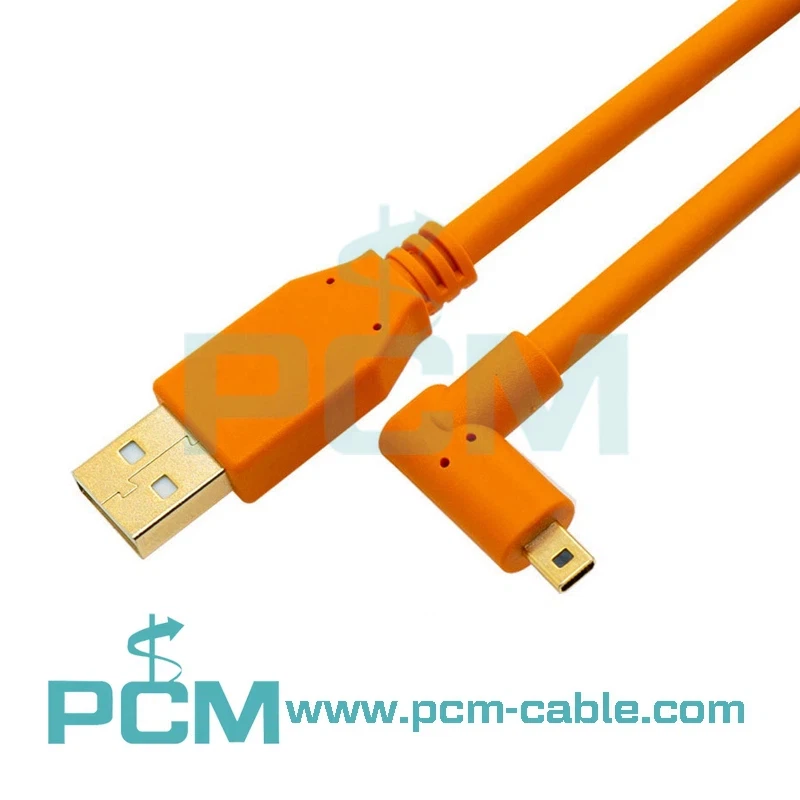Much more than I thought. I should know this stuff!
USB port power specifications vary from 100mA to 1.5A (and even more for Type C ports), but cables and connectors do not. They're always rated at about 1.8A, which is all you care about here. Some power dongles provide higher levels of current because they can "get away with it"...or so they think.
But that rating is based on the safety limits for resistive heating of cables and connectors. No specific guarantees, if I plug +5V at 1.5A into a USB Type A connector, I'm sure to get +5V at very close to 1.5A from the Type B or Micro B end of that cable. The cables/connectors are only rated to handle heat to ensure they don't melt. In fact, most specs ensure that nothing feels noticeably warmer to the touch.
Why do you have a fever? Long live the resistance! Every wire that is not a superconductor has a certain resistance. Ohm's law tells you that I E = IR, where E is voltage, I is current, and R is resistance. So when I supply power through a wire, the current x resistance gives the voltage that will be "consumed" on that wire, i.e. the electrical energy that is turned into heat and thus never gets to your phone.
Read this article now because it contains the answer you were looking for, if not the full explanation: USB cable resistance: why your phone/tablet might be charging slowly. The voltage drop across the cable definitely affects charging time. The gauge of the power leads (the thickness of the wire, which determines the resistance per unit length) and the length of the cable can all contribute to longer charging times.
battery charging mode
Interestingly, the USB 2.0 battery charging specification requires the usual +5V and at least 1.5A. The study didn't take a 1.5A measurement, but they did look at 2.0A and 2.4A, which are the levels some manufacturers are asking for. But they may never actually get them, here's why.
The basis for battery charging mode is that the USB port can provide more power, and again, the power supply should provide at least 1.5A of current on its output pin. It may or may not be able to provide more. Power management systems, including battery chargers, must be smart almost all the time. For example, it can only draw 500mA when on the data port. So the charging protocol is very well adapted to the supply.
In battery charging mode, the phone reduces the current demand until the required voltage is obtained. An overloaded power supply will start to "crowbar", dropping high current and low voltage output, so every phone's power management circuitry is designed to limit current draw to keep voltage above a minimum value, just to protect your power dongle Protection from damage, fire, little things like that. From the point of view of the power manager, the power loss on the cable is exactly the same as the power loss due to overcurrent.
Let's just take one sample point: 2400mA supply over 5m, 20ga cable. That's a 1.09V dropout. You can't actually charge a Li-Ion battery from a 3.91V supply. So your charging circuit will back off as power drains away. At 1000mA, the 5m cable provides 4.55V. Depending on the phone's power management efficiency, this may be enough to provide the necessary 4.3V charging voltage for the Li-Ion battery. The charging protocol doesn't always require 4.3V, but it will eventually. So while you think you have a powerful 2.4A "charger", that long cable ensures you'll be charged for much longer.
If you're using a 28ga cable, the charging circuit will drop back below 250mA! This is slower than charging from the data port over a short cable.
New Power Transmission Protocol
Oddly, smarter protocols like QualComm's QuickCharge are less affected by this. On the one hand, they increase the charging voltage and are therefore less affected by the induced voltage drop in the cable. And they sometimes draw less current, so there are fewer absolute losses in the cable (losses depend on current, not voltage). QuickCharge 3.0 and USB Power Delivery also dynamically adjust power during charging. Therefore, they can adapt to cable losses in real-time, at least to some extent.





